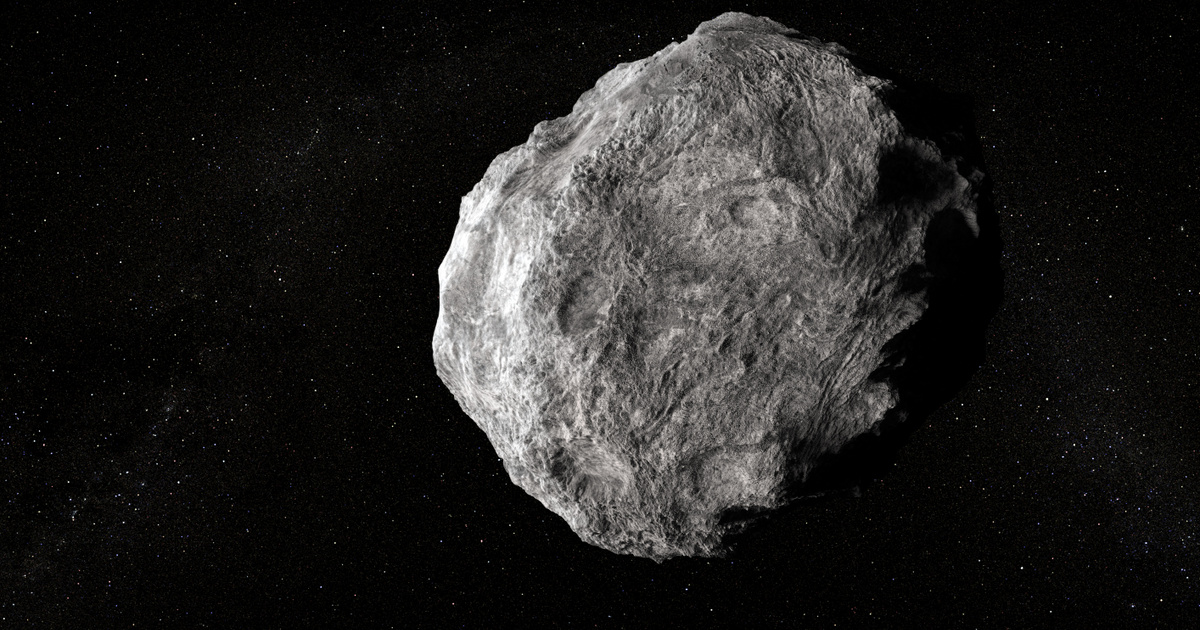We live in the age of precious asteroids. Asteroid 16 Psyche was previously thought to contain more minerals worth more than the economy of human civilization as a former asteroid core, and although estimates have since been corrected, the value is still enough for NASA to launch a probe to explore it. Perhaps not surprisingly, Psyche is not the heaviest of the more than a million celestial bodies larger than a kilometer orbiting in the asteroid field between Mars and Jupiter – strictly speaking. This is 33 polyhymenia.
The mysterious asteroid was discovered in October 1854 by French astronomer Jean Chacornac, who named it Polyhomnia, the inspiration for the poetry of hymn, rhetoric, agriculture and pantomime in Greek mythology. According to measurements a little over a century and a half later, the density of 33 polyhymenia is 75.28 g/cm33 Accordingly, the 54-kilometre-long asteroid is not only super dense, but it cannot be ruled out that the result is wrong as well.
If the result is not false, a European Physical JournalAccording to a recent analysis published in In order to be able to visualize this, it is worth starting from the fact that the number of an element in the periodic table refers to the number of protons in its nucleus. The heaviest known stable element, No. 76, is osmium, and elements decay with increasingly shorter half-lives. The densest known element, the artificially produced Oganesson 118, decays in 0.9 milliseconds.
However, according to physics, above a certain magic number of protons and neutrons, superheavy elements begin to become more stable again. Magic numbers are those in which the particles that make up atomic nuclei arrange themselves into shells, which can have a stabilizing effect – this was recognized by Maria Goeppert Mayer and Jenny Wegener, who worked on the Manhattan Plan, while calculating decay energies and decay products and half the age. The authenticity of the island of stability has already been confirmed by the properties of Oganesson.
In the new study, Jan Ravelsky from the University of Arizona says that 33 polyhymenia may contain a substance around element number 164. According to the researcher, its density is 36 and 68.4 g/cm3.3 around, which is already close to the density of the asteroid. These materials currently belong to the realm of fantasy, so, according to Rafelski, the idea that they are still available in their natural form here in the solar system is very exciting.
However, all this does not rest on firm feet: calculating the extent and density of such small asteroids beyond Mars can be done from the influence of the motion of other asteroids moving in their environment, which is cumbersome and not entirely reliable. Hence Rafelski’s speculations about the density of elements belonging to the island of stability may also fall within current knowledge with a large margin of error, or – if you will – cling to its reality.
(IFL Science, Popular Mechanics, Wikipedia)












































